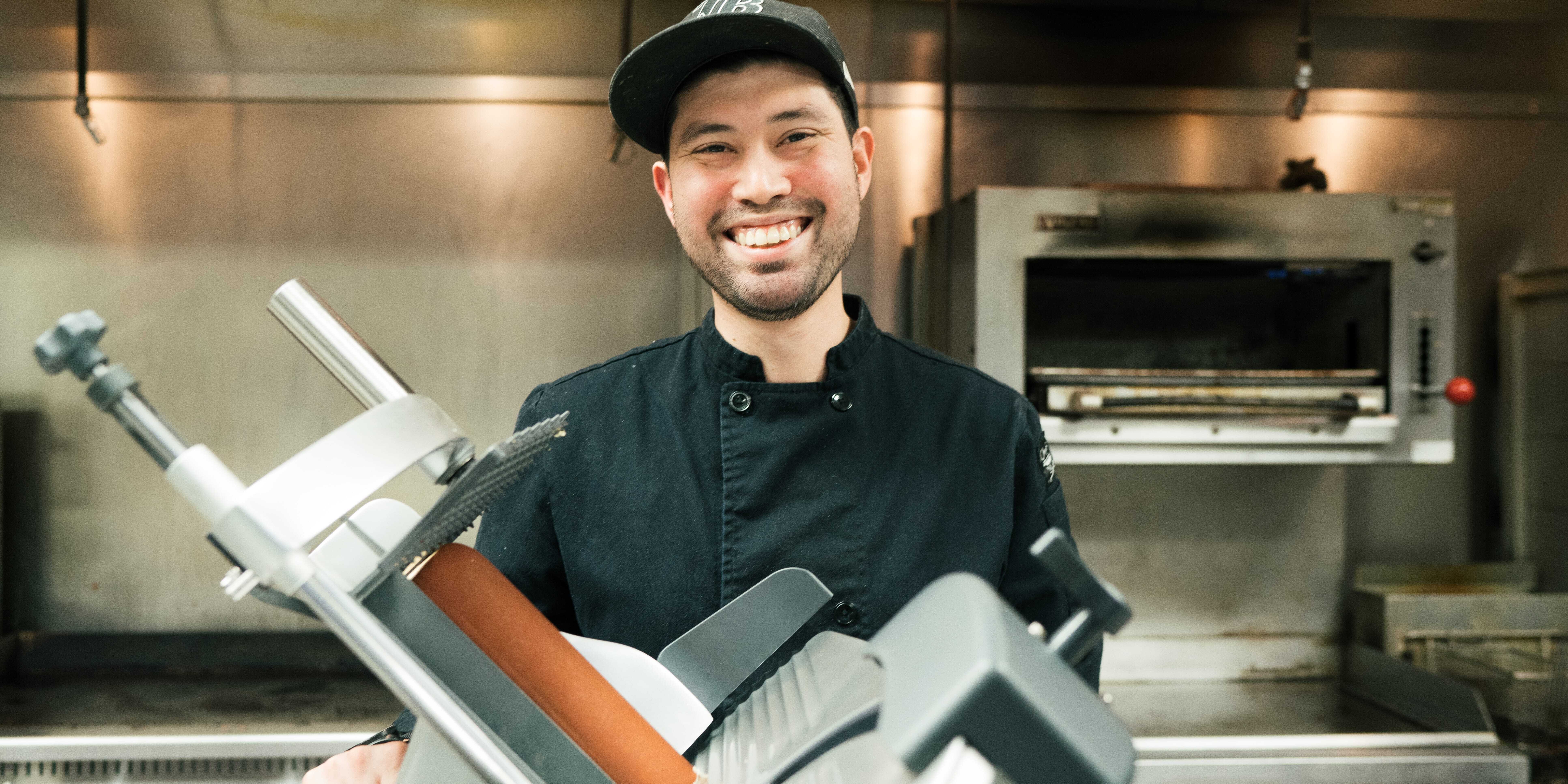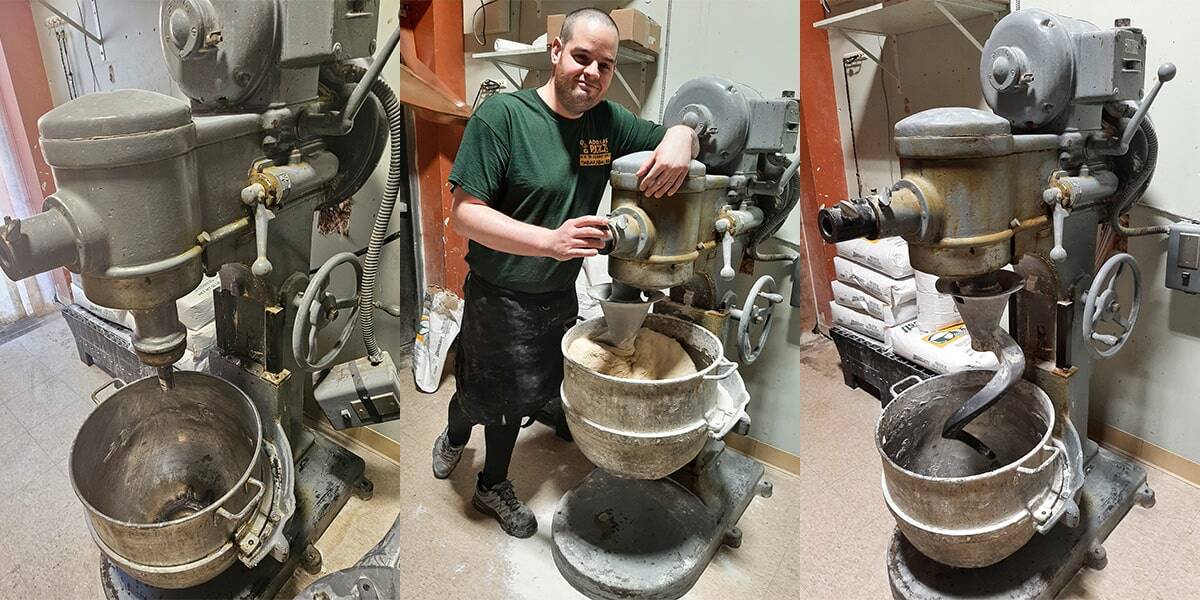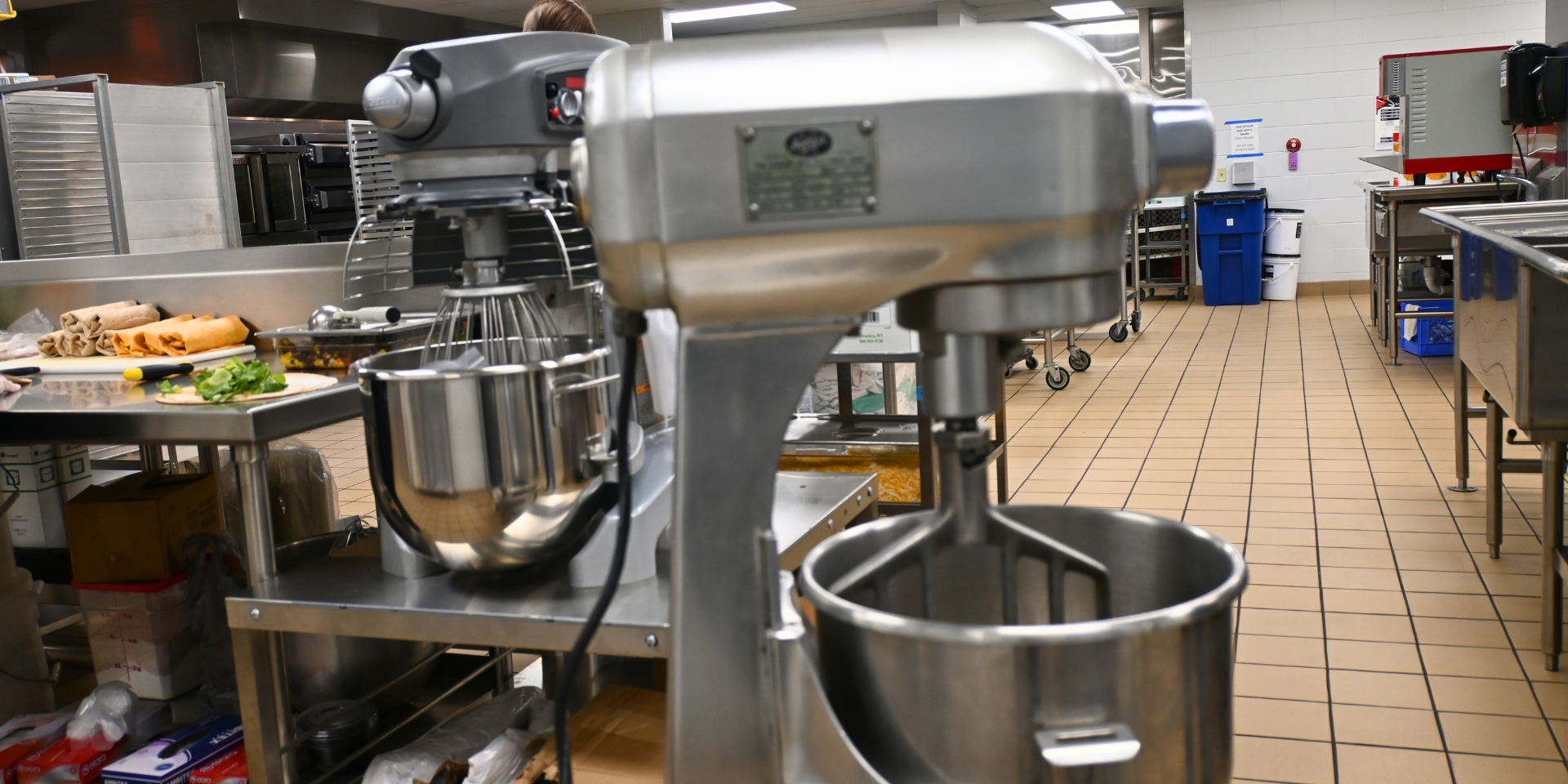Planetary or spiral? What’s the difference? Depending on the ingredients you mix, there’s a lot.
Planetary mixers have a single motor and a stationary bowl. They come in smaller countertop versions and larger floor-standing models and are among the most popular mixers for commercial kitchens. As the name implies, planetary mixers feature an agitator that moves around the bowl like a planet. Planetary mixers are very versatile and are great for mixing:
- Bread dough
- Cakes
- Cookie dough
- Whipped toppings
- Icings
- Meringues
- Meatballs
- Sauces
- Sausage
Planetary mixers designed specifically for pizza dough provide more torque for heavier mixing jobs. Plus, there are options for commercial kitchens that need a mixer for multiple applications, limited batch use and shorter periods of mixing. Whips, beaters, dough hooks, mixing paddles, whisks and pastry knives are common agitators used with planetary mixers. Available attachments increase the versatility of planetary mixers, with options for slicing vegetables, chopping meat or grating cheese.
Spiral mixers from Hobart feature a bowl that rotates in both directions as the spiral hook kneads the dough. This keeps the dough at a lower temperature and provides consistent production. It also allows you to mix less than 10% of the unit’s capacity — so you can mix very small to very large batches with the same machine. For example, you could mix as small as an 18 pound of dough in a 180-pound mixer. Spiral mixers are used for:
- Artisan breads
- Bagels
- Neapolitan pizza dough
When deciding between the two types of mixers, think about the foods you plan to make most often and whether you require the versatility of a planetary mixer or the more focused option of a spiral mixer.
About the Author
.jpg?width=67&height=67&name=Bilger%20Carolyn%201%201x1-2_%20(002).jpg) Carolyn Bilger is the marketing director for Hobart – Food Preparation Products. She has been with Hobart since 2015 and sets the strategy for marketing and new product development for the full line of Hobart food preparation equipment. See all her blogs here.
Carolyn Bilger is the marketing director for Hobart – Food Preparation Products. She has been with Hobart since 2015 and sets the strategy for marketing and new product development for the full line of Hobart food preparation equipment. See all her blogs here.


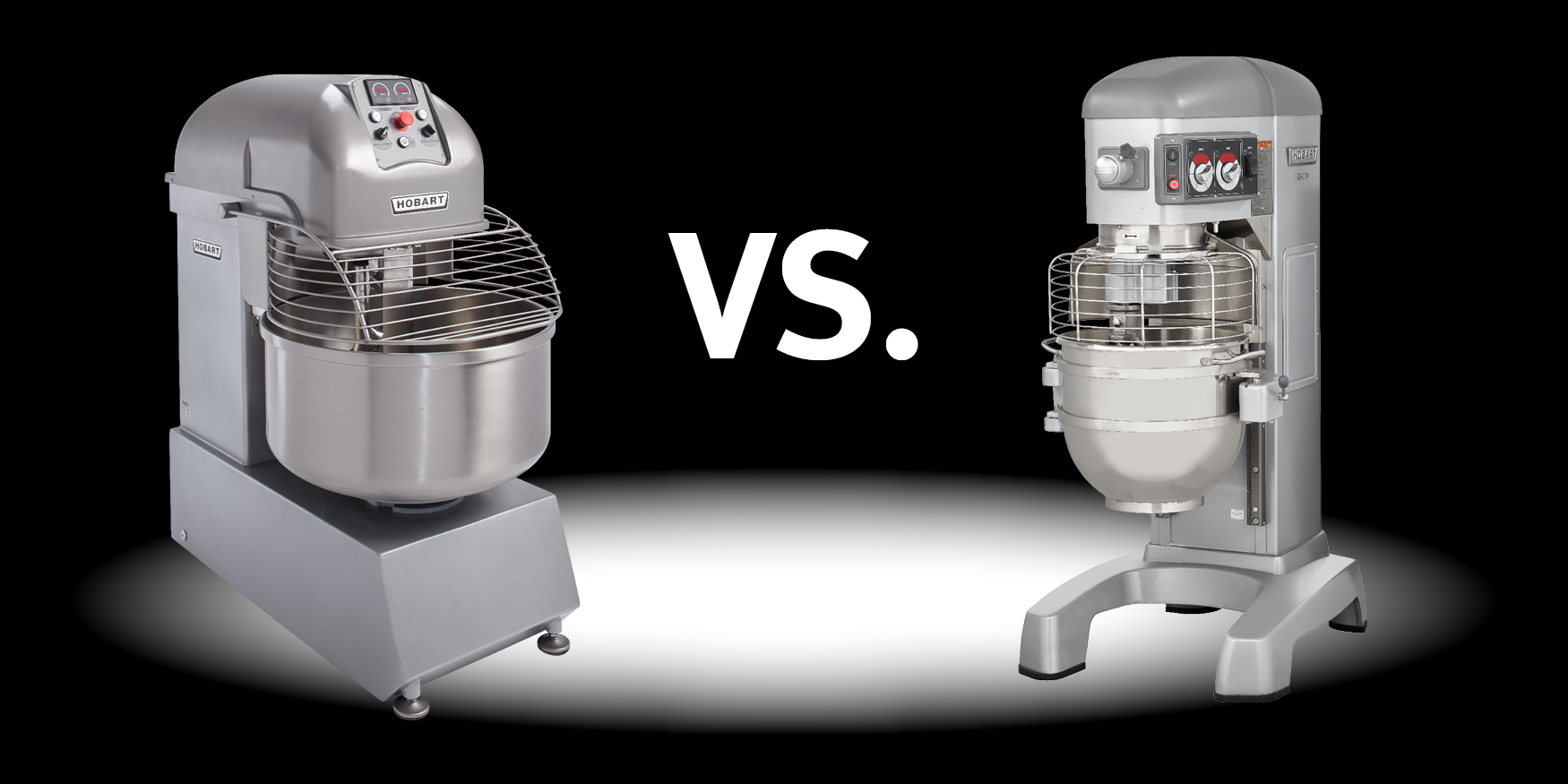

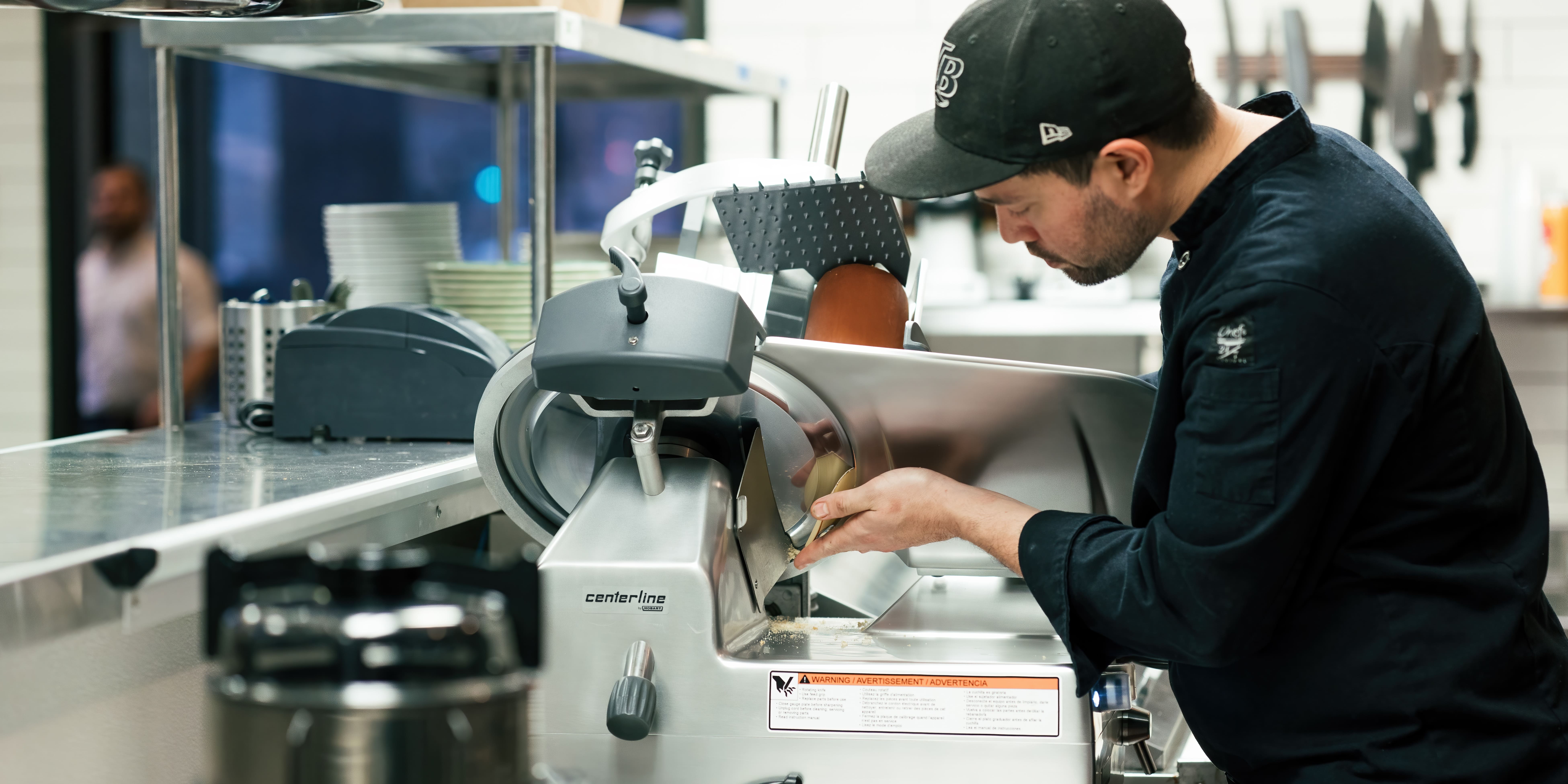
-min.jpg)
